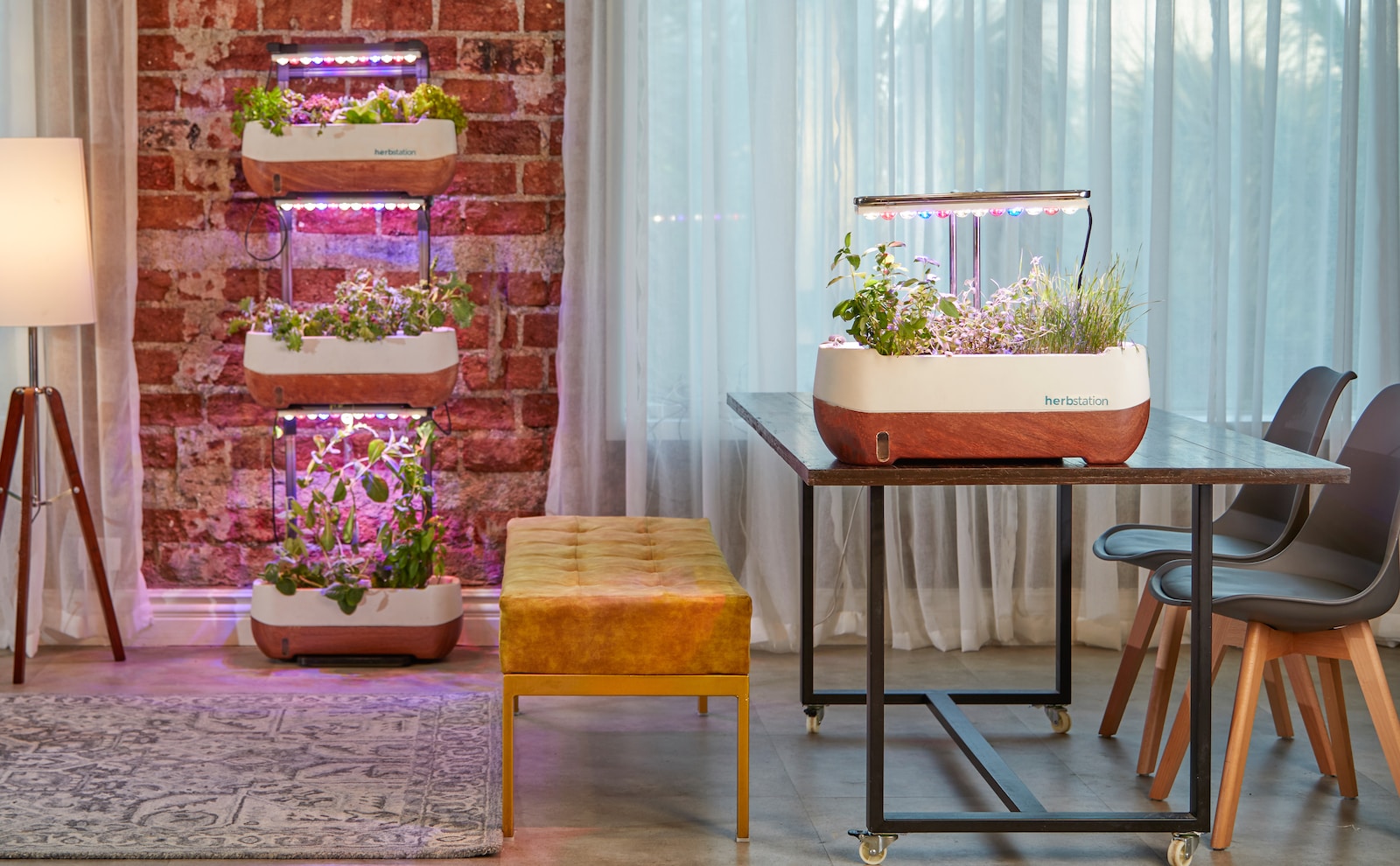In the midst of the 21st century, as urban sprawl continues and skyscrapers rise, the human connection with nature is being redefined. Amid the intricate web of urban life, one innovation is forging a fresh bond between humanity and the green world: the advent of plant lights, more scientifically referred to as grow lights. These devices, at the intersection of botany and technology, promise a brighter future for urban agriculture and, by extension, urban life.
Deciphering the Science of Grow Lights
Photosynthesis is a well-known process in the scientific community, through which plants transform light into life. Central to this process is sunlight, which provides specific wavelengths, especially from the blue and red spectrums, that facilitate plant growth. However, with the rise of urbanization, plants are now grown mostly indoors, making it difficult for them to obtain the necessary sunlight. This is where grow lights come in, replicating these specific wavelengths and allowing plants to flourish even in the most sun-deprived environments. Companies like Boya and Bata are pioneering the development of these innovative solutions, offering a lifeline to urban agriculture and indoor garden enthusiasts.
Urban Agriculture: A Renaissance Fueled by Light
Traditionally, agriculture evokes images of vast rural landscapes with open fields under the sun. Yet, the modern city, with its limited open spaces, is witnessing an agricultural rebirth. Spaces once deemed unfit for cultivation, like basements, terraces, or even specially designed indoor farms, are now verdant with produce. The rise of grow lights has been instrumental in this transformation, enabling year-round production and eliminating the limitations of the traditional agricultural cycle. Crops like lettuce, tomatoes, or even some fruits are no longer bound by seasons or external weather conditions. This remarkable shift is detailed on platforms such as Farmers Classic, which document the ins and outs of urban farming, offering insights into techniques, challenges, and the profound potential of this movement.
A Lifestyle Reimagined: Green Corners in Concrete Jungles
Beyond the direct agricultural implications, grow lights have deeply influenced urban lifestyles. Modern architectural and interior design principles increasingly emphasize biophilic designs, reflecting humans’ inherent need to connect with nature. City dwellers, even those in high-rise apartments, now cultivate indoor gardens, creating green sanctuaries in their living rooms, balconies, or even bedrooms. These patches of greenery, often sustained and nurtured by grow lights, have psychological benefits, offering an oasis of calm in the frenetic urban environment.
Economic Impacts and The Promise of Green Industries
From an economic lens, the impact of grow lights is multi-faceted. On one hand, they allow for year-round cultivation, providing a steady supply and demand equilibrium, beneficial for both consumers and producers. This consistency can lead to stabilized market prices and offers a predictable income stream for urban farmers. On the other hand, grow lights have the potential to revolutionize the agriculture industry by enabling the growth of crops that were previously impossible to cultivate in certain regions.
Conclusion: A Future Illuminated
In the grand tapestry of human progress, innovations like grow lights might seem like a mere thread. Yet, their impact is profound. As urban centers continue to grow, these lights symbolize humanity’s adaptability and our undying connection with nature. They ensure that, even amidst the steel and glass of our urban edifices, the green heart of nature pulsates, nurtured by the very technology that epitomizes human progress. The development of grow lights is a testament to human ingenuity, creativity, and our ability to coexist with nature, even in the most unlikely of places.
The potential of grow lights extends beyond urban agriculture and green industries. These lights have the ability to impact society at large, by promoting and supporting sustainable living practices. The use of grow lights can reduce carbon emissions by enabling locally sourced and produced food, reducing the need for long-distance transportation. Furthermore, the use of grow lights in agriculture can reduce water waste by enabling more efficient irrigation systems, reducing the amount of water used to grow crops. The possibilities are endless, and the impact of grow lights on society and the environment is yet to be fully realized.
As the world continues to face challenges related to climate change and sustainable living practices, the use of grow lights can play a significant role in promoting a more sustainable future. By enabling year-round, locally sourced and produced food, reducing carbon emissions, and promoting efficient water usage, grow lights can help create a more sustainable and resilient society. The future of grow lights is bright, and their potential impact on society and the environment is significant.
The development of grow lights has also led to advancements in other fields, such as medicine and research. Grow lights have been used to cultivate medicinal plants, such as cannabis, which has been shown to have significant therapeutic benefits. In addition, the use of grow lights in scientific research has allowed for more controlled and precise experiments, enabling researchers to study the effects of specific wavelengths of light on plant growth and development. This research has the potential to lead to further advancements in the field of plant science, enabling us to better understand the intricacies of plant growth and development.
The use of grow lights also has the potential to impact food security and accessibility in developing countries. By enabling local communities to grow their own food, regardless of the climate or season, grow lights can help alleviate food insecurity and promote sustainable agriculture practices in regions where traditional agriculture is difficult or impossible. This has the potential to promote economic development and social stability in these regions, enabling local communities to become more self-sufficient and resilient.
In conclusion, grow lights represent a significant innovation in the field of agriculture, with the potential to impact society and the environment in profound ways. As we continue to face the challenges of climate change and sustainable living practices, the development of grow lights offers a glimmer of hope, enabling us to cultivate a more sustainable and resilient society. The future of grow lights is bright, and their potential to promote sustainable living practices, advance scientific research, and impact food security and accessibility is truly exciting.









